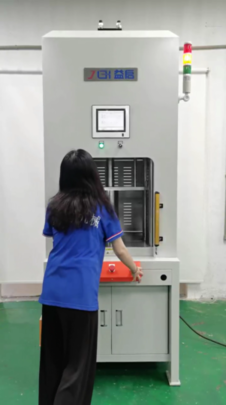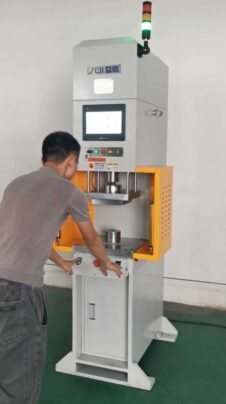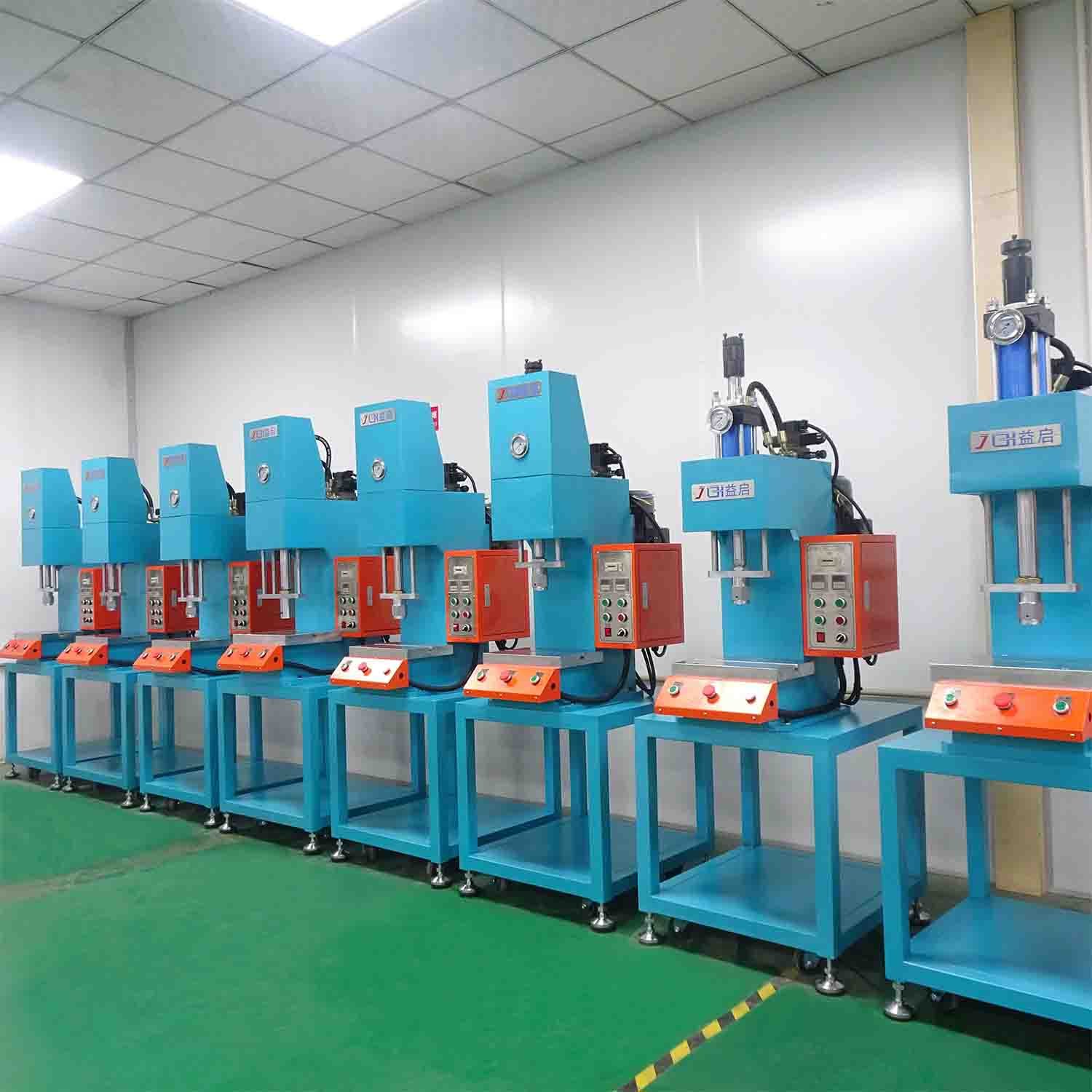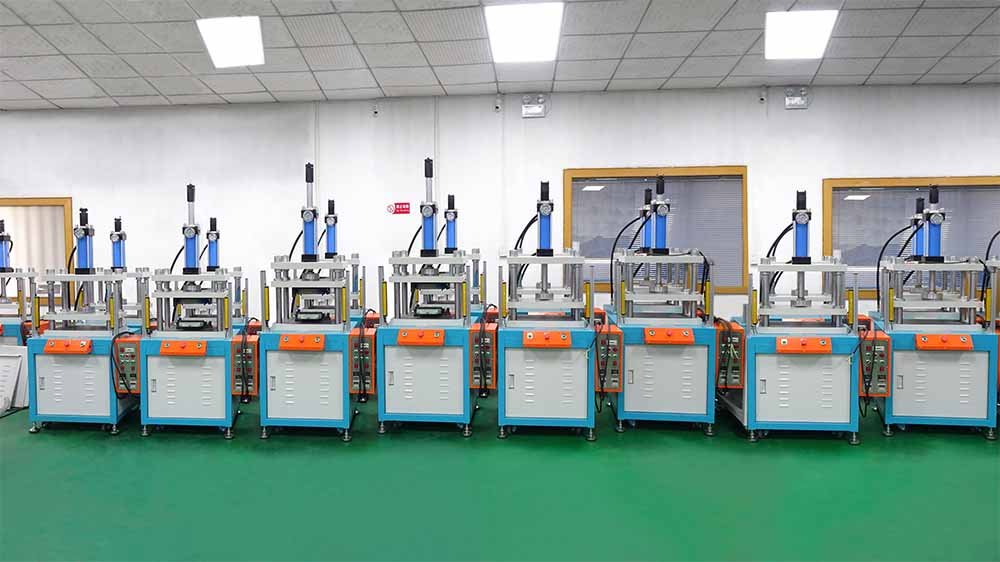Common Faults of Hydraulic Press and How to Maintain

After the hydraulic press has been used for a period of time, the possibility of failure is inevitable. Hydraulic press is composed of many parts, which will cause a certain degree of loss after a long time of operation. Among them, any accessory may be the cause of failure. In addition, human error operation and other factors can also lead to machine failure. When the system fails, it is extremely important to find the cause of the failure in time. Secondly, the machine needs to be properly maintained to ensure its safety and stability. It is also necessary to use the machine safely and maintain the machine reasonably.
Under normal conditions, there will be abnormal phenomena when the machine breaks down. If the machine has high temperature, noise, slow operation, unstable pressure, oil leakage or other conditions, it is necessary to consider whether the hydraulic system is faulty. In view of this performance, the following summarizes a series of most common reasons.
A large number of facts show that 75% of hydraulic system faults are caused by hydraulic system pollution. Air and water contamination can lead to pump failure, system leaks or temperature issues, which are the leading causes of hydraulic failures. Air pollution is further divided into aeration and cavitation. When air enters a hydraulic system, it wears down the parts of the machine. More seriously, when the air contaminates the hydraulic oil, it can even overheat the system and seriously damage the hydraulic system.
Cavitation
In the hydraulic circulation system, the hydraulic oil will dissolve part of the air. If the inlet of the hydraulic pump is not properly sealed, the dissolved air will react in the pump, which is easy to cause implosion, leading to pump problems. After a long time of operation, the components in the hydraulic system are extremely vulnerable to damage. When the hydraulic pump makes a whine noise, it can be identified as cavitation.
Aeration
If the external air enters the application system, aeration will occur. In general, the connection in the system is loose or leaking, and comes into contact with the air, resulting in air pollution. During this process, there will be bubbles in the hydraulic oil, producing the abnormal sound, which can be determined as aeration.
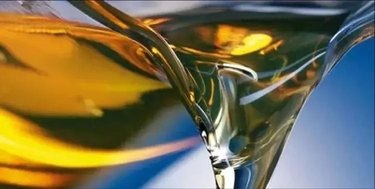
The temperature will also have a certain impact on the operation of the hydraulic machine. If the temperature is too high or too low, the state of the hydraulic oil will be changed, creating the serious problems. The most typical of which are the following situations.
Fluid Thinning
Under high temperature conditions, the hydraulic fluid becomes thinner and the lubricating ability of the fluid decreases. The reduced viscosity of the hydraulic oil creates a high risk of internal leakage.
Fluid Oxidation
Excessively high temperatures will accelerate the oxidation rate of hydraulic oil. Acidic substances are produced during oxidation, making the oil viscous. Fluid thickening can lead to a buildup of insoluble material that impedes fluid flow and further reduces the system’s ability to dissipate heat. The oil temperature of 30℃ -55℃ is a safe temperature, which makes the machine have high performance and long service life.
Fluid thickening
Contrary to high temperature, low temperature will increase the viscosity of hydraulic oil. If the viscosity is too high, the self-priming ability of the oil pump will decrease, making it difficult for the hydraulic oil to reach the oil pump. Due to the low temperature, the system is easily damaged under load operation.
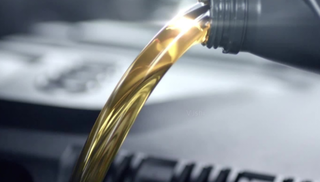
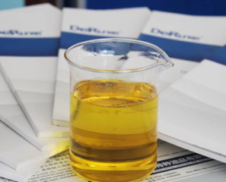
The capacity and quality of hydraulic oil will affect the performance of the hydraulic system. Low liquid level and improper filtration can cause air pollution. After the oil filter has been used for a long time, The debris on the filter element will continue to accumulate. This will affect the filtration capacity and increase the flow resistance, resulting in an increase in oil temperature and fluid pollution. The leakage will further aggravate these two problems.
The quality of hydraulic oil has a great impact on the performance of the hydraulic system. The high-quality hydraulic oil can also extend the service life of the hydraulic device and improve the safety and stability of the power system. Some oils even provide anti-wear and anti-foam additives, which can effectively prevent wear and air pollution.
Another root cause of hydraulic system failure is human error operation. Incorrect use may result in the hydraulic pump to not generate pressure normally. Some of the most common wrong operations can be summarized as follows.
Installation error
Components in the hydraulic system need to be properly installed, otherwise serious errors will be caused. Such as the pump shaft is assembled by non-professionals, which has a negative impact on pressure accumulation. The pipeline may be installed incorrectly, resulting in leakage.
Incompatible components
When parts need to be replaced, if non-professionals install mismatched components, it may also cause system functional failure. Such as the motor is matched with too fast running speed.
Improper maintenance or use
Use of operations beyond the normal range may cause damage to the hydraulic system. At the same time, the machine needs regular maintenance to extend its service life. Staff training can be carried out for periodic maintenance of the machine.
It is difficult to find the source of hydraulic system fault, but it can be eliminated through some steps to narrow the selection range. The following are the basic steps for troubleshooting.
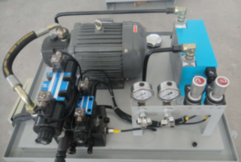
1. Check the motor. Connect and start the motor, and observe whether it turns clockwise. Check whether the motor can start and close.
2. Check the hydraulic system. Test all components within the hydraulic system to ensure proper function and installation.
3. Check the oil. Check the hydraulic oil level, color and viscosity to ensure that the hydraulic oil meets the specifications and is not contaminated. If there is a problem, the contaminated hydraulic oil needs to be discharged, and the hydraulic oil that meets the standard should be replaced.
4. Check valves and pipelines. Observe all pipelines and make sure each connection point is strong enough to prevent leaks. Also, check the safety valve for damage.
5. Run the system. After completing the above basic operations, run the system to check whether the pressure is displayed. Watch for changes in temperature and abnormal sounds. If it works normally, continue to check whether the pressure sensor is in normal use.
In normal operation, it is unavoidable to encounter various problems. Simple steps can help troubleshoot and find the cause more quickly to solve the problem. In addition, the following steps can also prevent hydraulic system failure.
Compliance with specifications
The most common problems are usually basic system problems, such as incorrect installation of components. Therefore, before operation, the specification of the parts must be strictly checked to ensure its effective operation.
Perform maintenance
The maintenance of the machine is also a very important part, which is related to the service life of the equipments. Regular maintenance shall be carried out. This is not only conducive to the normal operation of the machine, but also can detect the symptoms as soon as possible in case of failure.
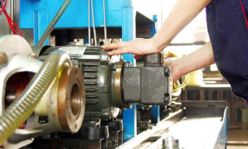
The maintenance of the hydraulic system should be regularly checked and maintained according to the instructions. Reasonable maintenance plans and procedures need to be customized according to the storage conditions, external effects, working pressure and frequency of use of the hydraulic system.
1. Daily tasks
Check the components of the hydraulic system to avoid problems. Such as the personnel should check the oil level, hoses and connections, and listen to the pump for abnormal sound.
2. Routine tasks
Plan and perform routine maintenance weekly and monthly, and check the most common fault sources according to the working conditions of the system, including the condition of hydraulic components, filters and hydraulic oil.
3. Complete system inspection
Complete system inspection shall be carried out monthly, quarterly or annually according to system conditions. Tasks should include running a comprehensive report on the system, cleaning equipment, cleaning the system and replacing damaged components.
When completing system maintenance, basic safety procedures must be followed. Defects or damage of components will lead to leakage, explosion and ejection, and even serious injury to personnel. Some common injuries include bruises, cuts and abrasions. To avoid these injuries, please observe the following basic safety guidelines.
1. It is forbidden for inexperienced personnel to control the hydraulic press. New employees shall receive training before taking up their posts.
2. Any abnormality of the machine and mold shall be reported in time, and the production can be started only after the machine is repaired and qualified.
3. Overcome careless and illegal operation and prohibit more than two people to operate the hydraulic press at the same time. (Before starting, check whether all fasteners are firm, pay attention to whether there are obstacles at all operating parts and sliding surfaces, and ensure the perfection of limit device and safety protection device.)
4. The power supply must be cut off and the sleepers must be padded for mechanical repair and maintenance.
5. During the working process of the hydraulic press, it is forbidden to enter the mold cavity to repair the mold, and the precautions for entering and leaving the product shall be strictly controlled.First use the safety device to move the product to one side, and then hold it by hand after confirming the safety.
6. The installation of the mould must be standardized, and the pressing plate should be checked again after being pressed. The closing height of the press shall be controlled within the adjustable range. The pressure of the press is adjusted from small to large, and the first product must be operated with a button.
7. Tools, pressing plates, screws, nuts, cushion blocksshould be handled with care and placed on the shelf after use.
8. Add lubricating oil according to the lubrication chart. Check whether the oil quantity and oil circuit are smooth and whether the oil quality is good. (It is forbidden to adjust the regulating valve and pressure gauge arbitrarily, and calibrate the pressure gauge regularly. Keep the oil quality of the hydraulic oil, and the working oil temperature shall not exceed 55℃. If there is any abnormality, stop the machine immediately.)
9. Check whether the fasteners of the hydraulic press are firm, and whether the limit device and safety protection device are complete and reliable.
10. When testing the operation of the hydraulic press, check whether the buttons, switches, valves and limit devices are flexible and reliable. Confirm that the hydraulic system pressure is normal and the working beam can move flexibly before operation.
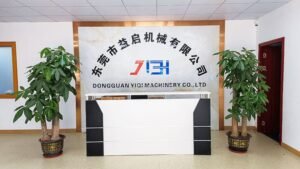
YIqi Machinery
hydraulic press machine manufacturer
Social Media
Most Popular
IMD Heat Press Machine
Features and Applications of C Frame Hydraulic Press
Get In Touch
No matter what type of Hydraulic Presses you need, based on our rich experience, we can provide the most suitable scheme and design for the industry.
